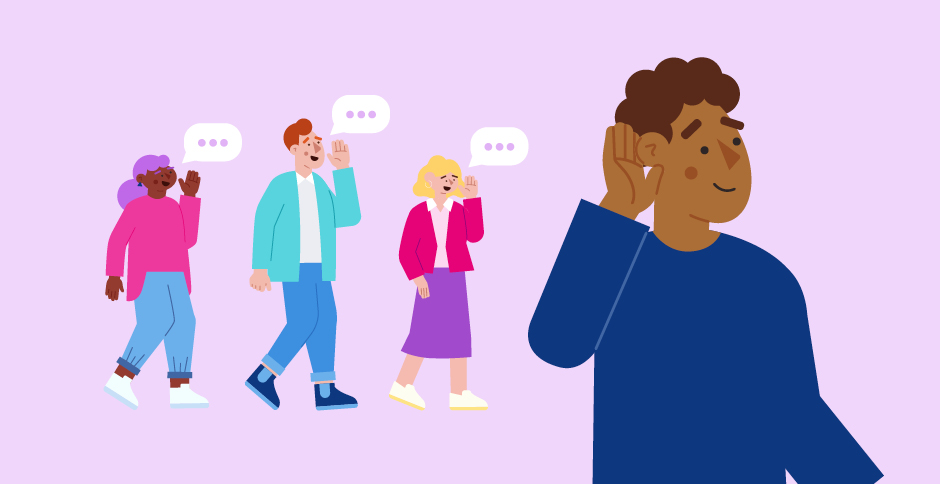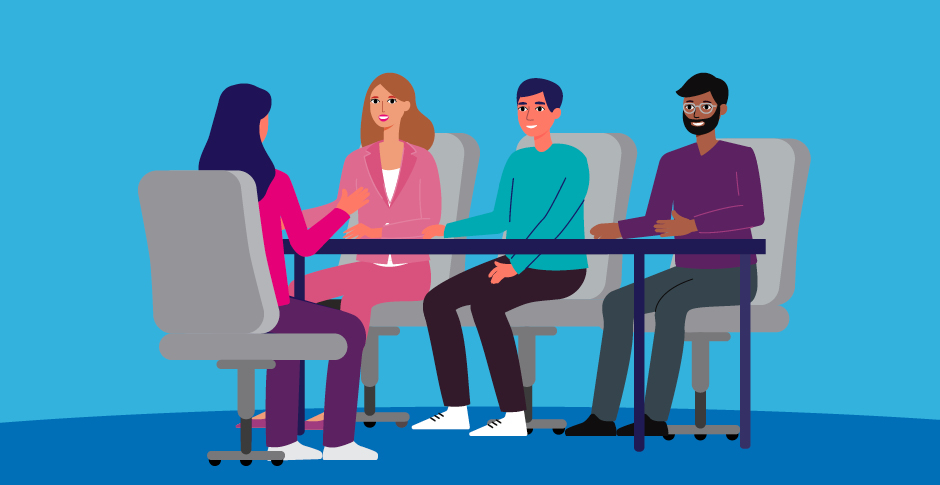Wowed your dream employer with a great resume and scored yourself an interview? It’s time to knock their socks off in person and make a great first impression! Preparation is the key to nailing it and securing the role, so now’s the time to do your research, think about any tricky questions you might encounter, and put together your very best hire-me interview outfit.
Your wardrobe tells its own story. You’ve been selected for an interview based on your skills and experience – but how you dress and present yourself can convey a great deal about your perceived character, values, work ethic and viability as a future employee.
Before choosing your interview outfit, take some time to consider what story you want to tell.
- To showcase your professionalism, opt for a sophisticated and sharp suit, or shirt and jacket
- To communicate your creativity, select one bold or brightly hued statement piece, such as a tie or necklace
- To convey reliability, choose more subdued colours
Your interview is an opportunity to show hiring managers that you’re perfect for the role – and maintaining proper appearance will ensure they focus on your abilities rather than your attire, and ensure your fashion choices don’t distract from your sparkling personality and mad skills.
The perfect fit. When it comes to dressing for your interview, it’s all about fit. Not only should you choose well-fitting clothing (because ill-fitting clothes can look sloppy and untidy), but you should also select an outfit that ‘fits’ with the industry and company culture of the organisation you’re interviewing with. If you don’t ‘fit’ in terms of how you dress, you’ll feel out of place and uncomfortable, and potentially give off the wrong vibe.
Do your research, learn as much about the company as you can ahead of time, and dress accordingly. If appropriate, ask the recruiter or hiring manager what they believe is the most suitable attire. Remember, there’s never harm in asking if you’re unsure.
Do your research, learn as much about the company as you can ahead of time, and dress accordingly. If appropriate, ask the recruiter or hiring manager what they believe is the most suitable attire.
Not sure what the right fit is for your industry?
- Wear a suit, a shirt and dress pants or skirt, or a smart dress if you’re applying for a role in finance, healthcare or sales
- Choose dress jeans and a casual but tidy shirt, or neat skirt and top if you’re applying for a role in IT or marketing with a creative company
- Don tailored pants and a dapper shirt or on-trend top, skirt or dress if you’re applying for a role in fashion or customer service
- Opt for tidy jeans and a polo, or a practical skirt and top if you’re applying for a building or trades role
- Choose tidy and sensible clothing if you’re applying for a role in childcare or assisted living, such as comfortable tailored pants and a shirt or jumper
As a general rule of thumb, it pays to match the organisation’s dress code as closely as you can. If you can’t quite determine the dress code pre-interview, err on the side of caution and look to slightly overdress rather than underdress.
What colour is your parachute pantsuit? Whether or not you buy into the notion that colour can strongly impact emotions, the colour of your clothing can say a lot about you as a candidate. Being strategic about the colours you wear to your interview can give you an advantage over the competition.
Go head-to-toe
- Blue can help to convey trust, stability, truth, confidence and security
- White can offer connotations of cleanliness, precision and simplicity
- Grey can suggest balance, calm, intelligence and compromise
Wear sparingly
- Black is a business wardrobe staple and can convey authority, but it can also connote drama
- Red is a strong colour, and is associated with energy, but also aggression
Proceed with caution
- Purple, green, yellow and orange are bold and creative colours. While they may be appropriate for those within the creative industries, they don't necessarily elicit feelings of trust or commitment
Conveying your personality through your style choices can help you to stand out and appear more confident, but whatever your wear, make sure it’s clean, ironed, and leaning towards the conservative as opposed to the outlandish.



